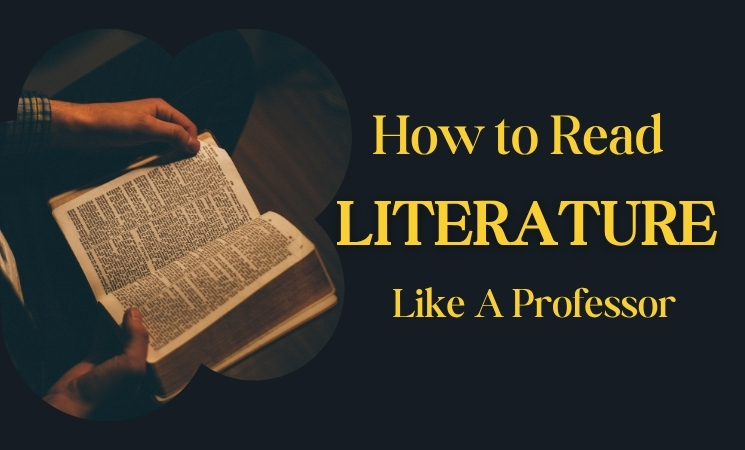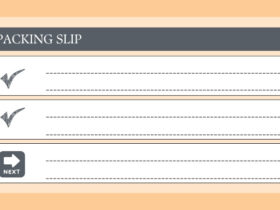Have you ever finished a book and felt there was more to it than you noticed?
That feeling is exactly why Thomas C. Foster wrote How to Read Literature Like a Professor.
This popular guide has become a trusted companion for students, book clubs, and anyone who wants to uncover the deeper meaning hidden in stories. It shows that literature is not just words on a page. It is full of patterns, references, and symbols that give every scene a second layer.

About the Author
Thomas C. Foster is an experienced English professor known for making literature accessible. His book simplifies complex ideas and speaks directly to everyday readers. Instead of academic jargon, he uses friendly language and real examples from well known novels and plays.
The Main Idea of the Book
Stories share common structures. Authors often repeat images and ideas that have been used for centuries. When readers learn to notice these patterns, they see stories in a new way.
Foster explains that understanding literature is like learning a secret code. Once you know it, you will never read the same way again.
Key Lessons
1. Patterns and Archetypes
Many stories echo ancient myths, fairy tales, and classic works.
A hero on a long journey often follows the same steps as the heroes in old legends.
Spotting these patterns makes stories feel richer and more connected.
2. Symbols Are Everywhere
A meal on the page can mean more than just eating.
It can signal friendship, unity, or even conflict.
Rain may suggest cleansing or renewal.
Snow may represent silence or a fresh start.
3. History and Politics Shape Stories
Foster reminds us that no story exists outside its time.
The politics, culture, and struggles of an era shape the choices of characters and writers.
4. Weather and Setting Carry Meaning
The setting is not only a background.
A sunny field can signal hope.
A storm can mirror chaos inside a character’s heart.
Seasons also matter. Spring often suggests growth. Winter may mean decline or endings.
5. Literature Talks to Other Literature
Authors often borrow ideas, scenes, or lines from older works.
Recognizing these echoes adds depth to your reading.
How These Lessons Change the Way You Read
When you start spotting these signs, every story opens up.
A road trip becomes a journey of self discovery.
A brief meal between characters may signal a turning point in their relationship.
Even the smallest details begin to feel purposeful.
This approach makes reading more rewarding. You are no longer just following a plot. You are unlocking the writer’s hidden conversation with the reader.
Ideal Readers for This Book
- Students who want to improve their literature essays
- Book club members who enjoy lively discussions
- Writers seeking to understand storytelling on a deeper level
- Anyone curious about why certain scenes feel powerful
What Makes This Guide Unique
Unlike a textbook, Foster’s writing feels friendly and often funny.
He invites readers to think critically without feeling overwhelmed.
By the end, you will feel more confident about exploring classics and modern fiction alike.
Final Thoughts
How to Read Literature Like a Professor is more than a reading guide.
It is a tool that changes how you see stories and the world around them.
Once you learn to look beyond the surface, every book reveals new layers.
If you love books or want to enjoy literature in a richer way, this guide is worth your time.















Leave a Reply